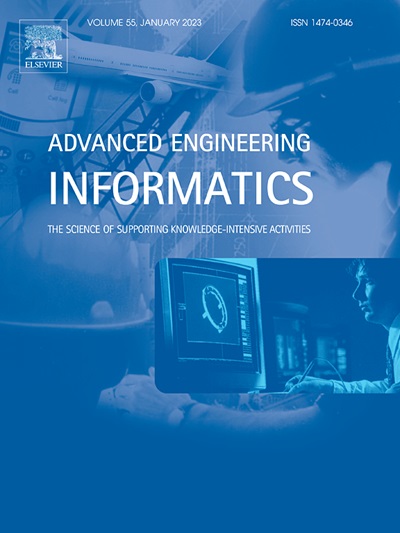Innovative diagnosis of transformer winding defects using fuzzy and neutrosophic cross entropy measures
IF 8
1区 工程技术
Q1 COMPUTER SCIENCE, ARTIFICIAL INTELLIGENCE
引用次数: 0
Abstract
Power transformers are critical components in electrical power systems, and their reliable operation is essential for the stability of power grids. This research introduces an innovative methodology for the diagnosis and taxonomy of transformer winding defects, leveraging fuzzy and neutrosophic cross entropy measures. Traditional transfer function (TF) analysis, while widely used, often depends on expert interpretation and is limited in detecting minor and incipient faults. To address these challenges, we propose the integration of fuzzy cross entropy measure (FCEM) and neutrosophic cross entropy measure (NCEM) with TF analysis. The methodology encompasses several critical steps: measuring the frequency response of transformer windings under various faults, normalizing the transfer function responses, extracting lower and upper bounds, and constructing fuzzy and neutrosophic sets of faulty and healthy conditions. Subsequently, cross entropy values between healthy and faulty conditions are computed to identify and classify defects. The proposed approach is validated through a real case study, demonstrating its effectiveness in automating fault detection and reducing reliance on expert knowledge. The results indicate that the highest cross entropy measure values accurately reflect the presence of transformer winding defects across different frequency bands. This innovative approach not only enhances the accuracy of fault detection but also greatly advances intelligent fault diagnosis in power transformers, offering a more reliable and user-friendly solution for maintaining the integrity of power systems.
求助全文
约1分钟内获得全文
求助全文
来源期刊

Advanced Engineering Informatics
工程技术-工程:综合
CiteScore
12.40
自引率
18.20%
发文量
292
审稿时长
45 days
期刊介绍:
Advanced Engineering Informatics is an international Journal that solicits research papers with an emphasis on 'knowledge' and 'engineering applications'. The Journal seeks original papers that report progress in applying methods of engineering informatics. These papers should have engineering relevance and help provide a scientific base for more reliable, spontaneous, and creative engineering decision-making. Additionally, papers should demonstrate the science of supporting knowledge-intensive engineering tasks and validate the generality, power, and scalability of new methods through rigorous evaluation, preferably both qualitatively and quantitatively. Abstracting and indexing for Advanced Engineering Informatics include Science Citation Index Expanded, Scopus and INSPEC.
 求助内容:
求助内容: 应助结果提醒方式:
应助结果提醒方式:


